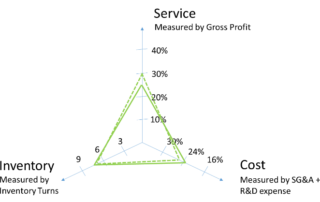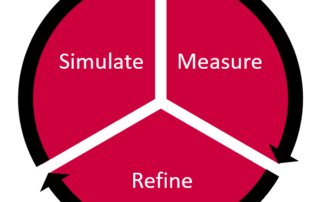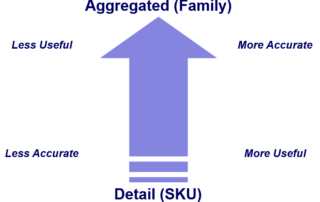A Five-Step Approach to Effective Demand Planning Implementation
Good handling of market demand data is one of the most vital concepts in any supply chain. But how to create powerful demand planning implementation? The five-step approach outlined below provides guidance.









